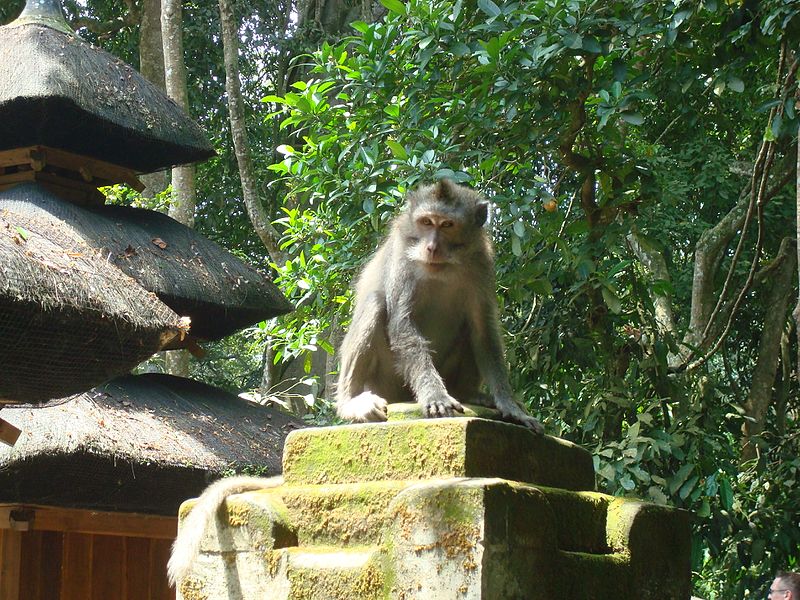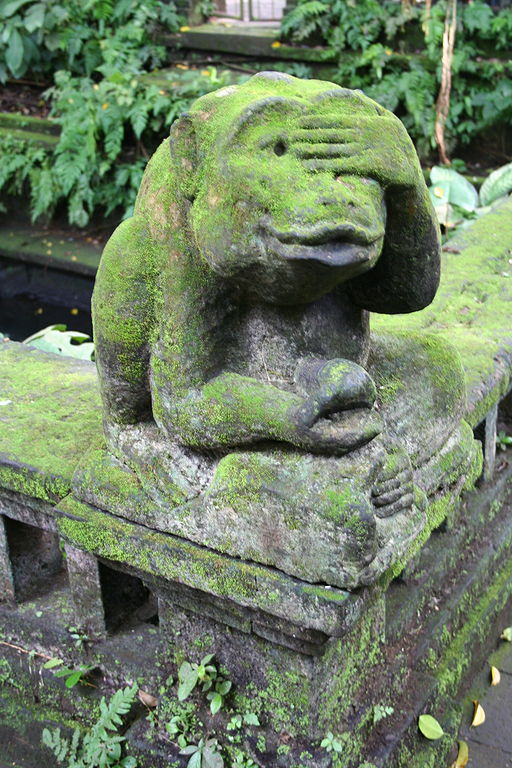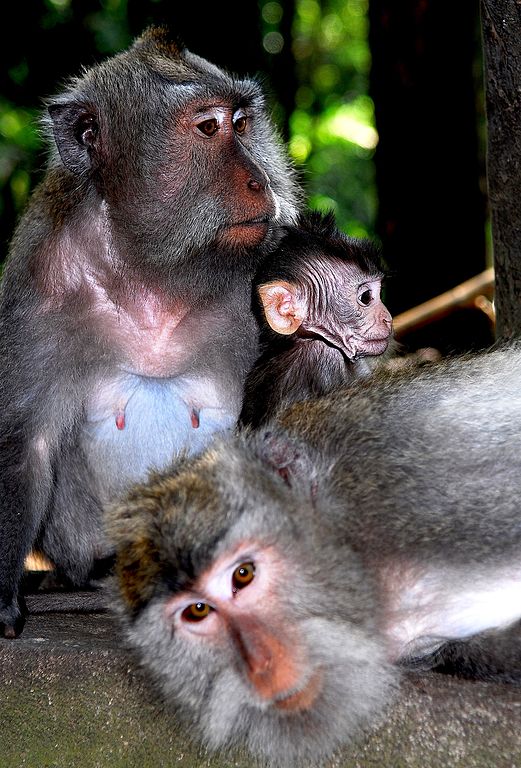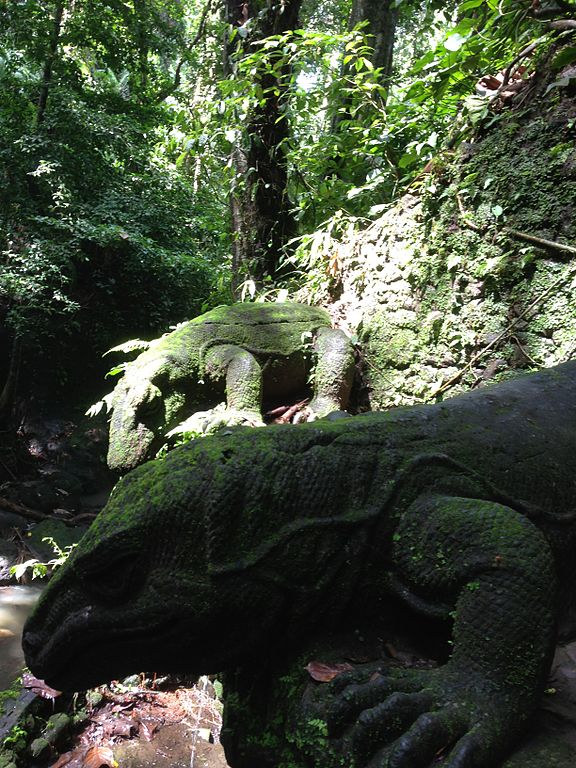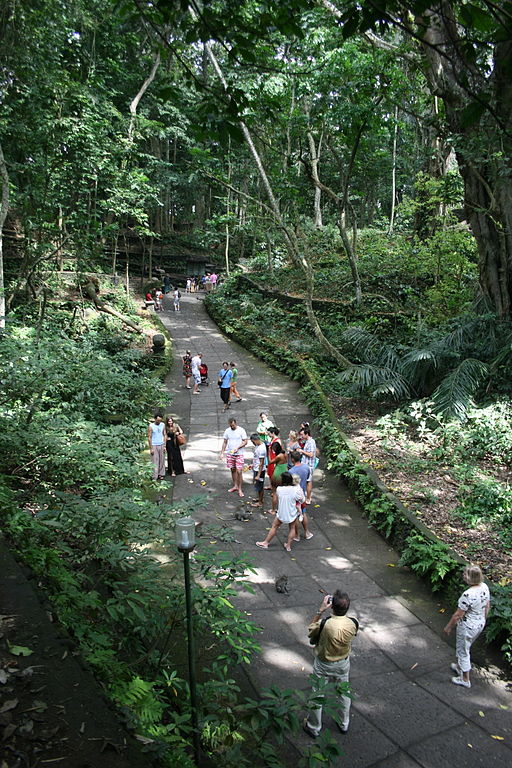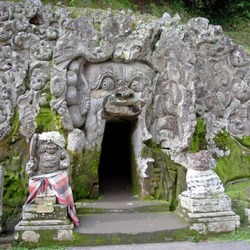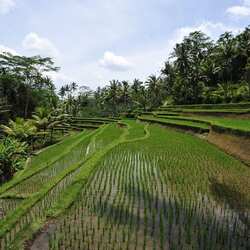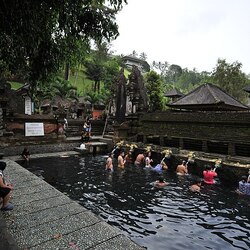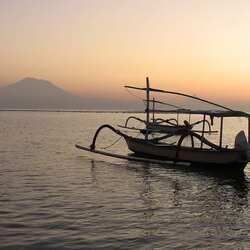Ubud Monkey Forest
The Monkey Forest in Ubud is a nature reserve and an important Hindu temple complex on the island of Bali in Indonesia. Officially, the name of the reserve sounds like the sacred secret forest of monkeys.

The monkey Forest covers an area of about 10 hectares. But even this small area attracts a lot of tourists, because about 10 thousand tourists visit it per month. The forest is a hilly area with a deep ravine at the bottom of which a rocky stream flows.
Life in the Monkey Forest in Ubud is built according to the Hindu principle of "Tri Hata Karana" (Three Ways to achieve spiritual and physical well-being), which seeks to make people live harmoniously throughout their lives. According to this principle, it is necessary to develop harmonious relations between people and people, between people and nature, as well as between people and the Supreme God. Accordingly, the monkey Forest has the philosophical goal of creating a harmonious world for visitors from all over the world. It also aims to preserve rare plants and animals for use in Hindu rituals and provide a natural laboratory for educational institutions, with a particular focus on research into the social interactions of the park's monkeys with each other and their interactions with the natural environment.
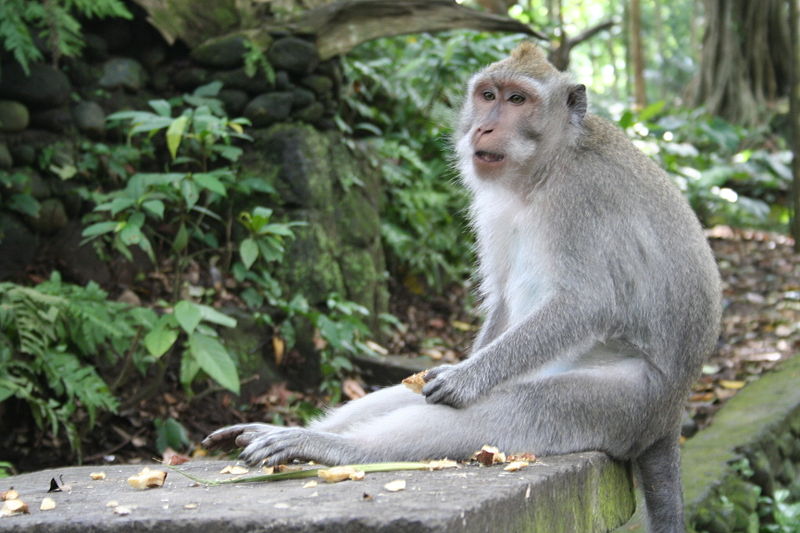
There are 3 Hindu temples in the forest, built around the 14th century. One of them is called Pura Dalem Agung Padangtegal (Great Temple of Death), also known as the main temple, located in the southwestern part of the park. The temple is used to worship the god Shiva. The Beji Temple in the northwestern part of the park is used to worship the goddess Gangga. The Prajapati Temple is dedicated to the god Prajapati. The cemetery next to this temple receives the bodies of the deceased for temporary burial, and then they wait for the mass cremation ceremony, which takes place once every five years. Temples play an important role in the spiritual life of the local community, and monkeys and their mythology play an important role in the Balinese artistic tradition. The sacred areas of the temples are closed to the public, except for those who came to pray in proper clothes.
In 2011, there were 605 crab-eating macaques in the monkey forest. Park staff feed the monkeys sweet potatoes three times a day, sell bananas to tourists who want to feed the monkeys, and the diet of local monkeys includes papaya leaves, corn, coconuts and other local fruits. For the monkeys' health, visitors are prohibited from feeding them snacks such as peanuts, cookies, biscuits and bread. Local monkeys have lost their fear of humans and, as a rule, do not approach people who, in their opinion, do not offer food, but they invariably approach a person if they see any bag of food in his possession. They can also rip out plastic bottles and bags that do not contain food, as well as reach into the pockets of trousers in search of food. Due to the abundance of food, many monkeys have developed obesity. When feeding monkeys, you should be very careful, because an aggressive macaque can bite and carry various viruses into the blood.
